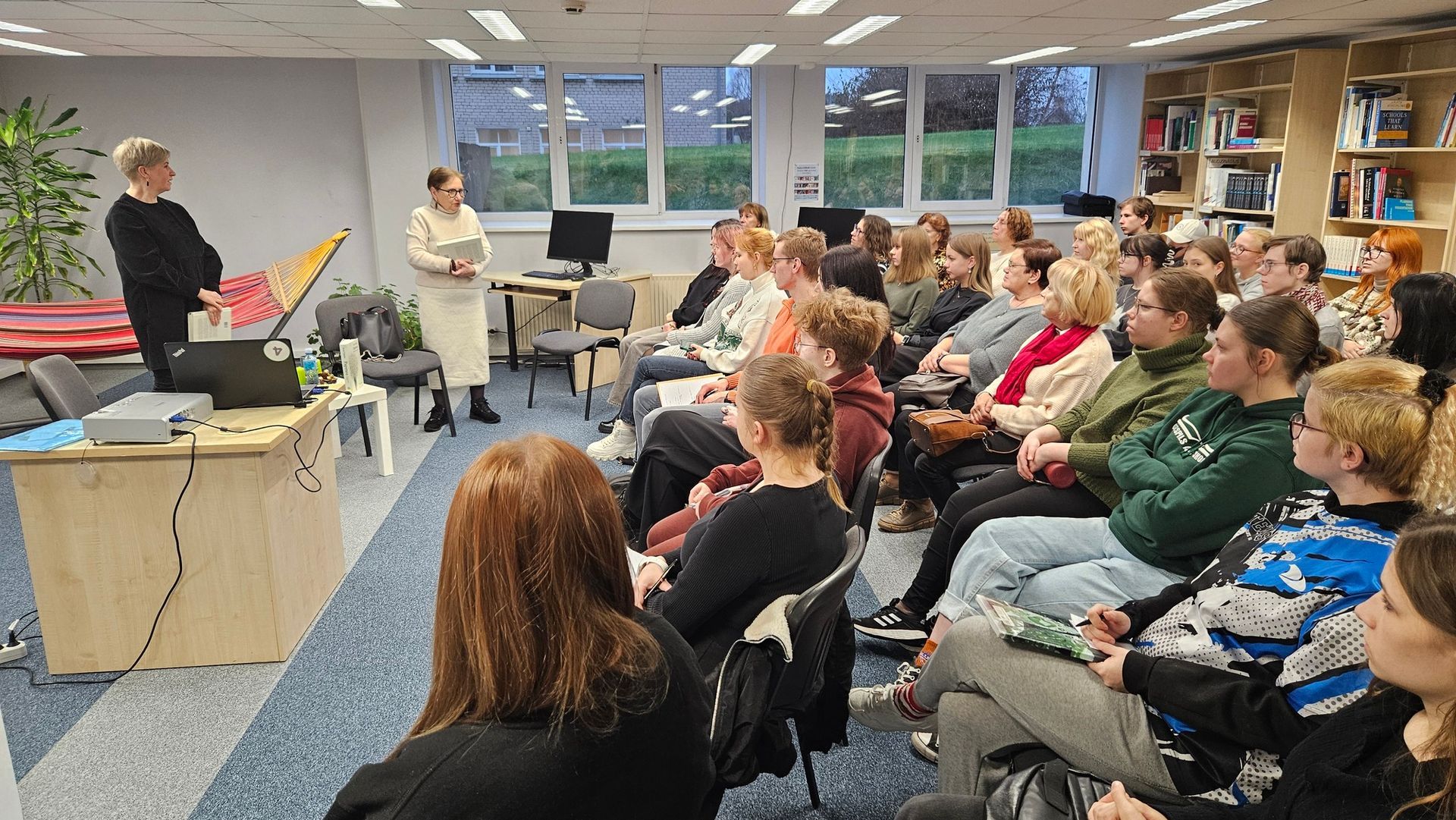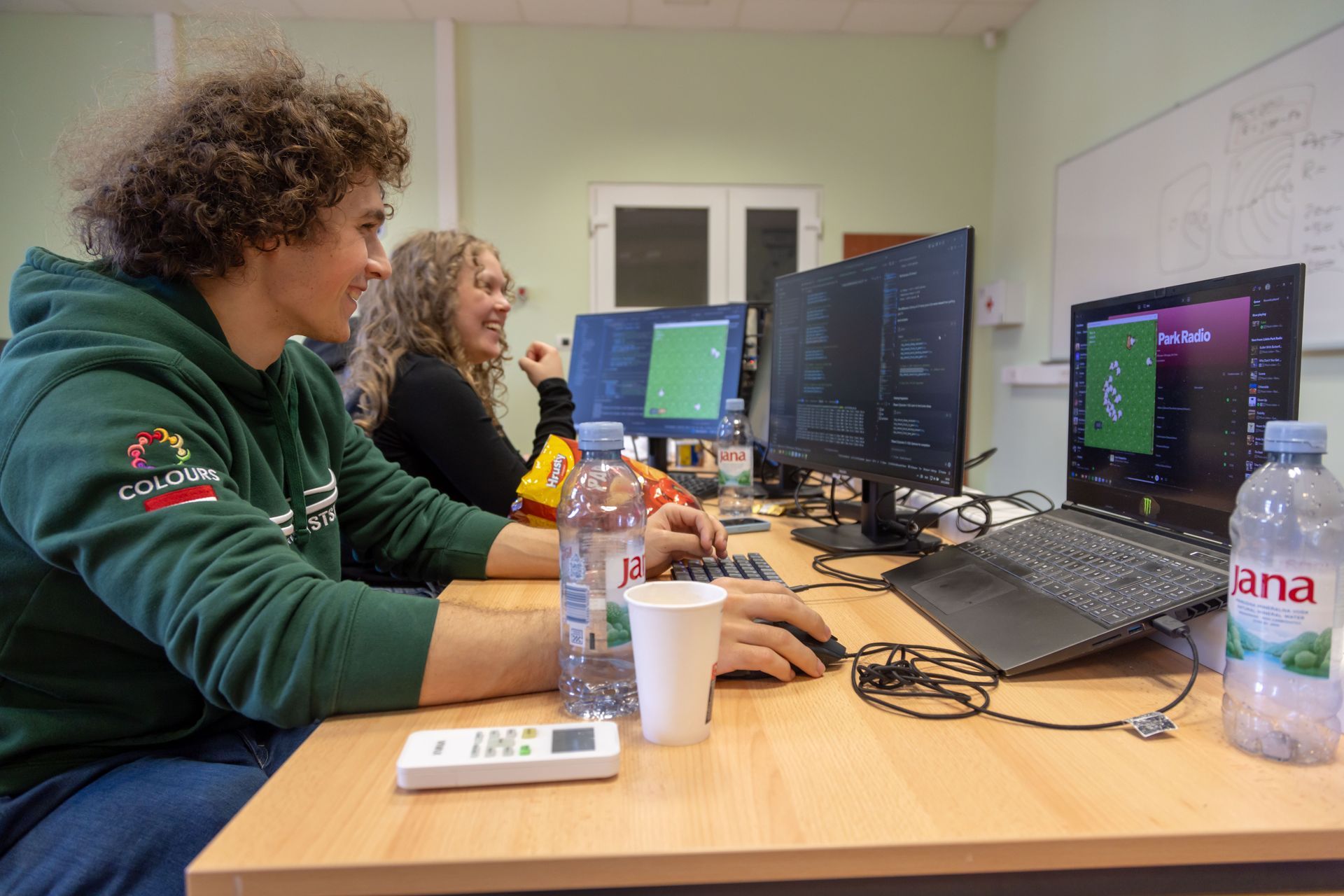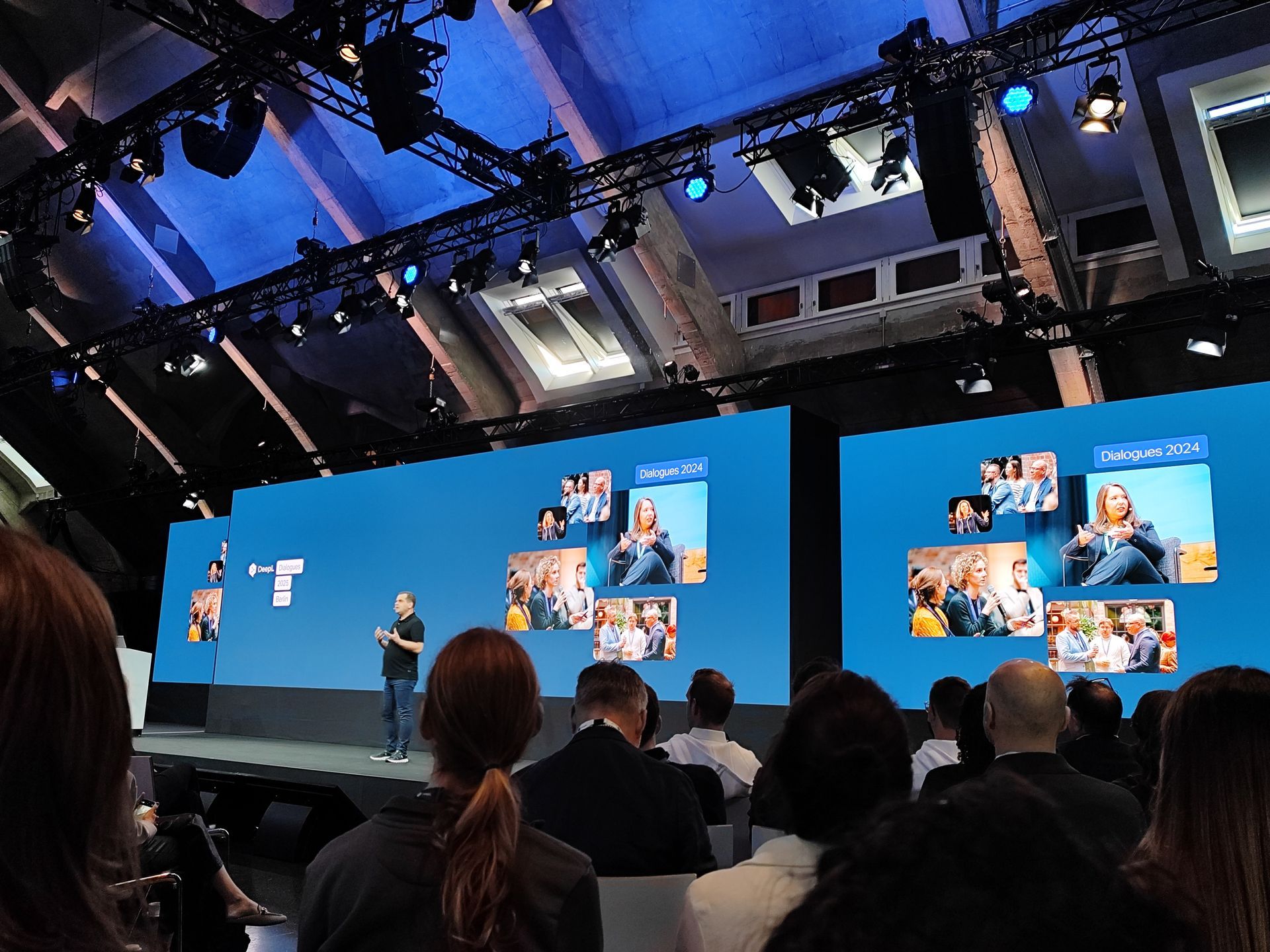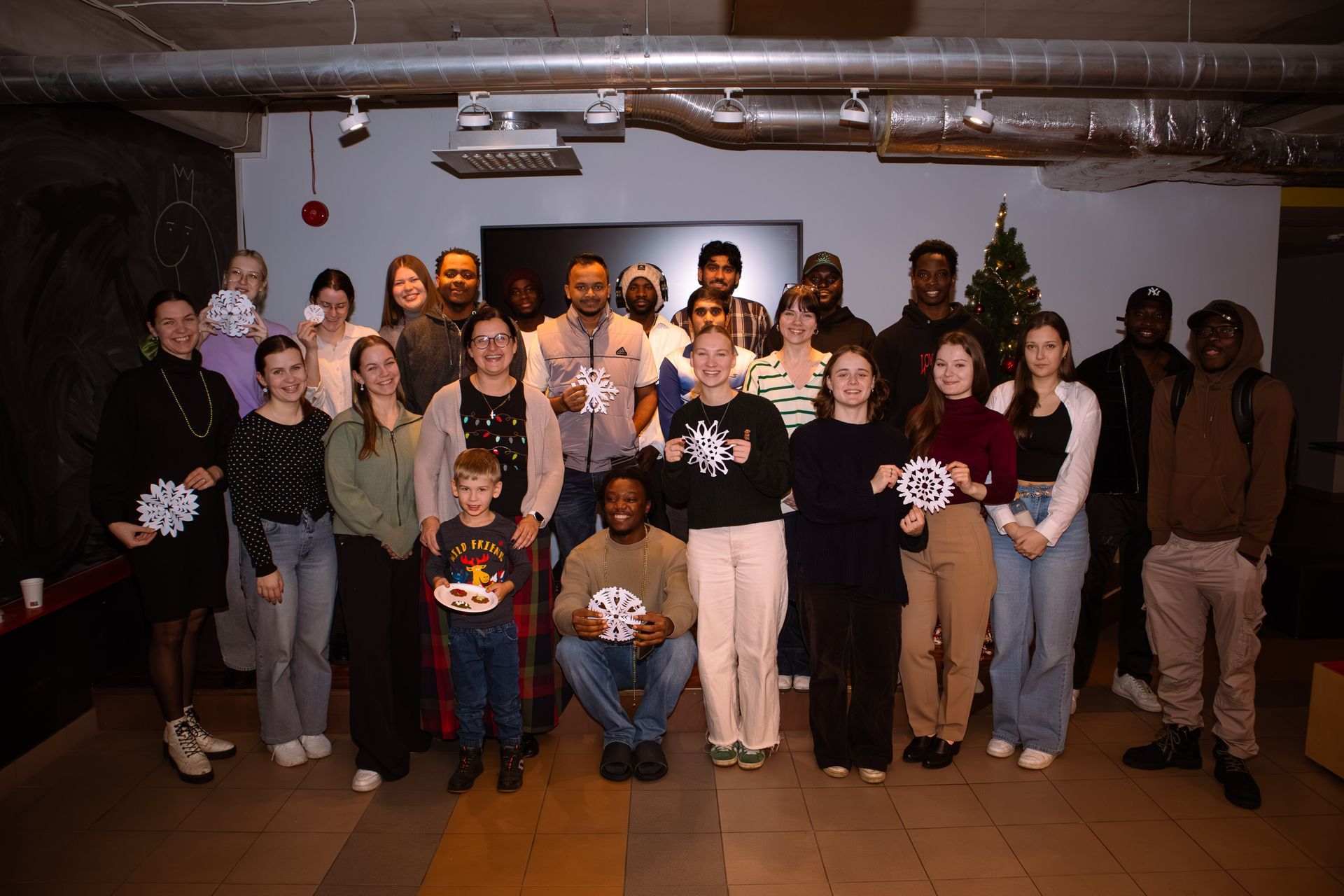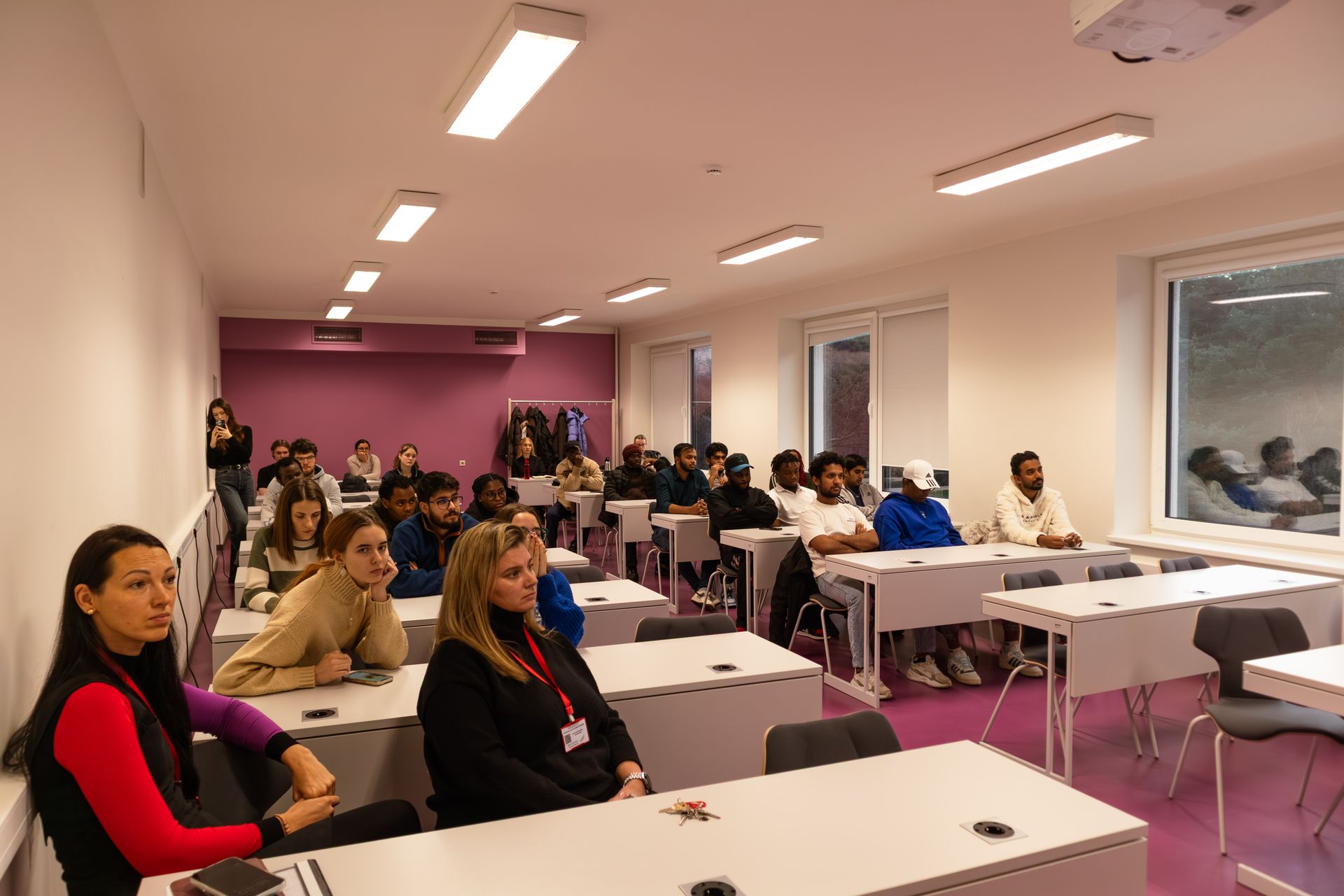One of us - Gints Dreifogels
After obtaining his bachelor’s degree and later a master’s degree in Electronics, Gints Dreifogels found his way to the #RightPlace. He has been a lecturer at ITF since 2017 and his enthusiasm and wisdom has inspired many of our students and spread great positivity through VUAS halls. Gints started his career at VUAS as a space communications engineer, then became a lecturer and later took on the challenge of being a coordinator of the project “Next Generation Micro Cities of Europe”, which has innovated our study process and introduced new technologies to our students. To continue supporting students during these challenging times, Gints also works as distance learning methodologist to make sure you get the best education wherever you are!
Please tell us about yourself!
I am a mind, and a heart in the human body, living on a planet called Earth, rotating around the Sun, while travelling through the Universe, and trying to keep in healthy balance engineering, natural sciences, and art.
How would you describe yourself in 5 words?
Electronics engineer, teacher, photographer, writer.
What do you like most about your job?
Difference. In engineering and teaching, it is always about thinking. Thinking about small things and steps, and when combined, it turns out as something big. You are always thinking and doing. And I like that a lot. Keeping a sharp mind. But it also takes a lot of energy.
Describe your job to somebody who doesn't know anything about the IT field?
Humankind is familiar with arts through centuries. In modern thinking, IT is a very new field. But. It is like art. You need to think and to create technology. Combining mathematics, physics, and electronics, and introducing programming, this is the way for reading this sentence. From a special sand mixture, we made tiny transistors, connecting them in circuits making logic brains, giving the body a full variety of microchips. Then taking programming, we create living machines. IT combines and collects millions of knowledge sparks to exist in its form for now and for the future. Good or bad? We need to use it properly.
Tell us about your biggest discoveries lately. I believe that these are common in your field!
Lately, the main focus of my job is related to education technology. Thus, combining teaching methods and IT advantages. Therefore, as discoveries, I can call a mix of things used to improve the learning process and experience for even new learning discoveries to deal with today’s society and learning skills for the next decade.
Share some myths & facts about working in the IT field!
Facts:
” I will go to study IT because I am great at gaming”. You have to be ready to learn different programming languages to understand how games are created. Also, you have to learn physics and mathematics to develop gaming algorithms for gaming engines.
Please wish us something for a brighter day!
Keep your heart open. Keep your mind open. Rational and logical thinking with empathy will help to be smart and kind to help humankind live on Earth. I wish to create more happiness. I wish to discover and develop great strategies for local and global environmental problems. I wish to learn better living together sharing land, ocean, sky.
Share on other platforms
Other news
